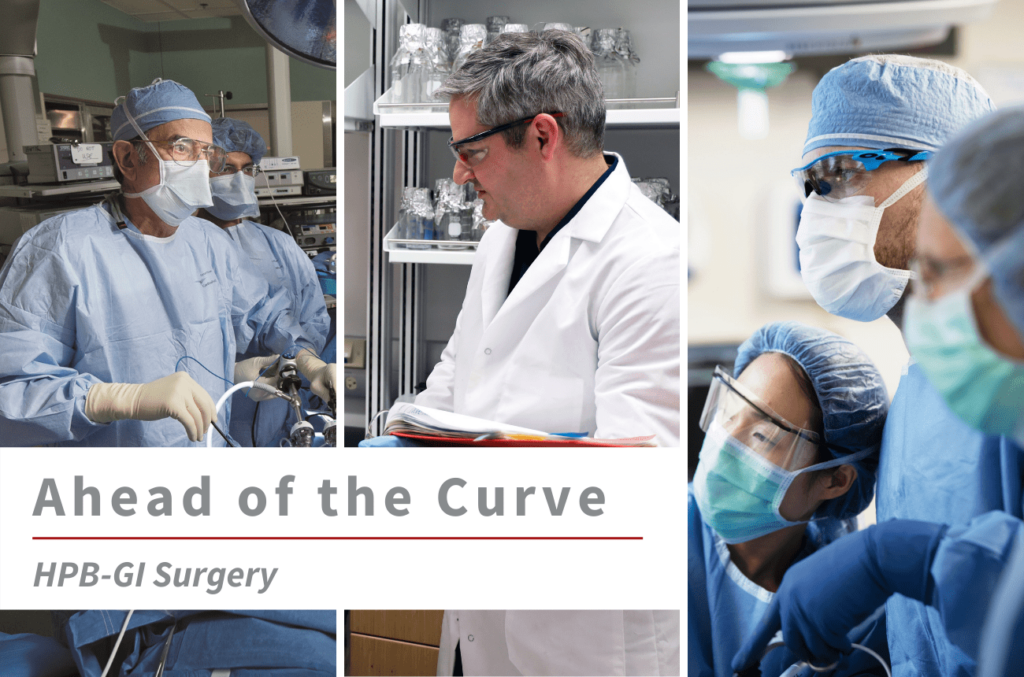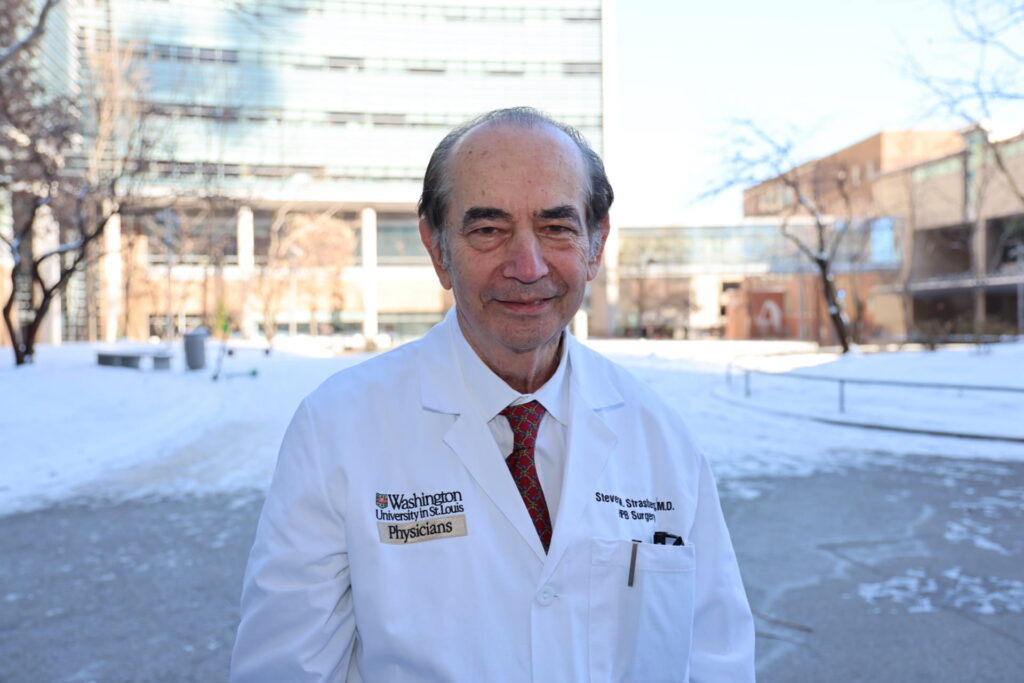HPB-GI surgeons specialize in disorders of the liver, biliary tree, pancreas, stomach, small intestine and retroperitoneum. The section is a high-volume center for both open and laparoscopic surgical procedures. The section is at the forefront of research on new and improved therapies for HPB-GI disorders, with active research laboratories, pre-clinical studies and clinical trials. Faculty have introduced new treatments for HPB-GI cancers, including procedures for tumors with major vascular involvement and tumors of the body and tail of the pancreas.
Section of Hepatobiliary-Pancreatic and Gastrointestinal Surgery | 2020 Annual Report
Steven Strasberg, MD, retires from Washington University School of Medicine in St. Louis in June 2021, after a 50-year career in HPB-GI surgery.
Strasberg joined the Department of Surgery faculty in 1992 and founded the Section of HPB-GI Surgery, of which he was Chief until 2007. He is the Pruett Family Professor of Surgery and Carl Moyer Departmental Teaching Coordinator.
Strasberg’s many honors include the American Surgical Association Medallion for the Advancement of Surgical Care and the Distinguished Service Award of the Americas Hepato-Pancreato-Biliary Association (AHPBA). He is a past AHPBA president and has published over 250 peer-reviewed papers and 50 book chapters.
In 2019, Barnes-Jewish Hospital recognized Strasberg’s career with the Lifetime Achievement “Master Physician” Award. The annual award honors physicians for superlative service and commitment for 25 years or more at Barnes- Jewish Hospital and its predecessor institutions.
“Steve Strasberg has made seminal contributions to the field of HPB surgery,” says Section Chief William Hawkins, MD. “He was a leader in the development of the Brisbane Classification of Liver Anatomy. He was among the first to develop methods to grade surgical complications and classify bile duct injuries during cholecystectomy. Steve Strasberg’s career has truly shaped our field.”
He is perhaps best known for developing the Critical View of Safety method of identifying anatomic structures during cholecystectomy. This method has been internationally adopted by surgeons and endorsed by numerous surgical societies. Recently, as part of the Safe Cholecystectomy initiative by the Society of American Gastrointestinal and Endoscopic Surgeons, the method was highlighted as a key component to reduce bile duct injuries.
Strasberg has served as a mentor and colleague to many of today’s leading experts in HPB-GI surgery, including David Linehan, MD, Nathaniel Soper, MD, and Jeffrey Drebin, MD, and Pierre Clavien, MD, PhD.
As a resident at University of Toronto in the 1960s, Strasberg became interested in studying the liver after seeing things in patients that had not yet been studied in depth, which piqued his curiosity.
“There was no specialty in surgery of the liver, pancreas and biliary tract,” Strasberg recalls. Rather than seeing this as a problem, Strasberg saw an opportunity. He spent two years doing research in Boston, then returned to Toronto, where he took as many cases as he could in this particular area and established a lab of his own. With this wealth of knowledge and experience, Strasberg then came to Washington University, where he has practiced and performed research in the Department of Surgery ever since.
2020 Highlights
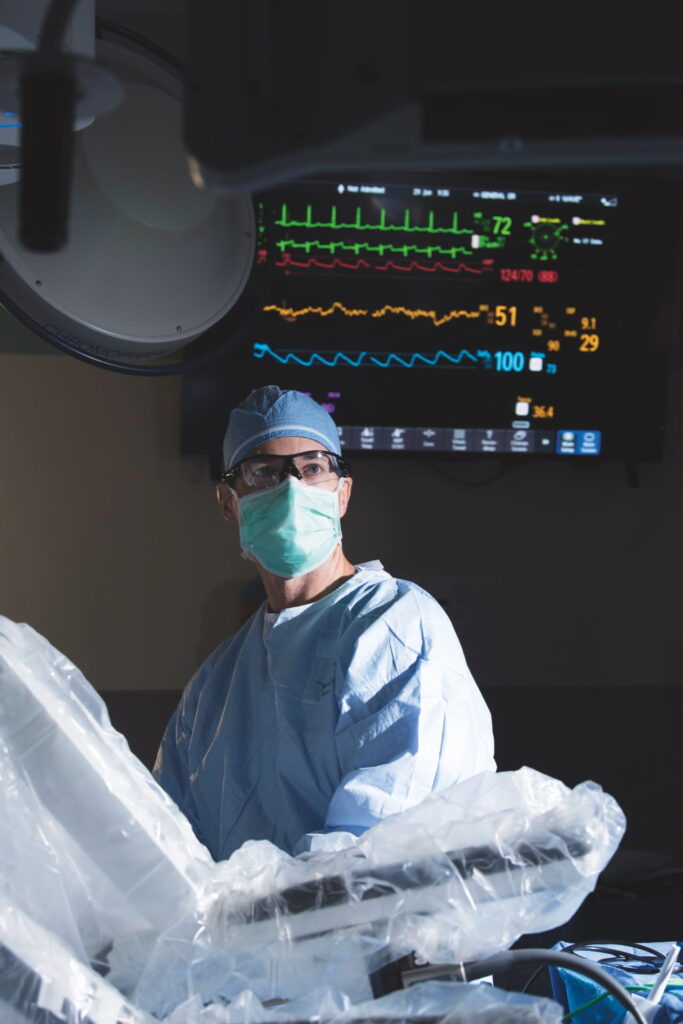
CLINICAL
For patients with chronic pancreatitis, pain is almost constant and treatment options are limited. HPB surgeon Chet Hammill, MD, MCR, has introduced a procedure new to the School of Medicine to treat pancreatitis patients early in the disease progression. Total pancreatectomy and islet auto-transplant (TP-IAT) removes the pancreas while also harvesting islet cells and returning them to the patient. By giving the patient their own islet cells, TP-IAT reduces the risk of developing severe diabetes after pancreatectomy. This procedure is most suited to younger patients with a genetic predisposition, who are most likely to have more functional islet cells at the time of pancreatectomy.
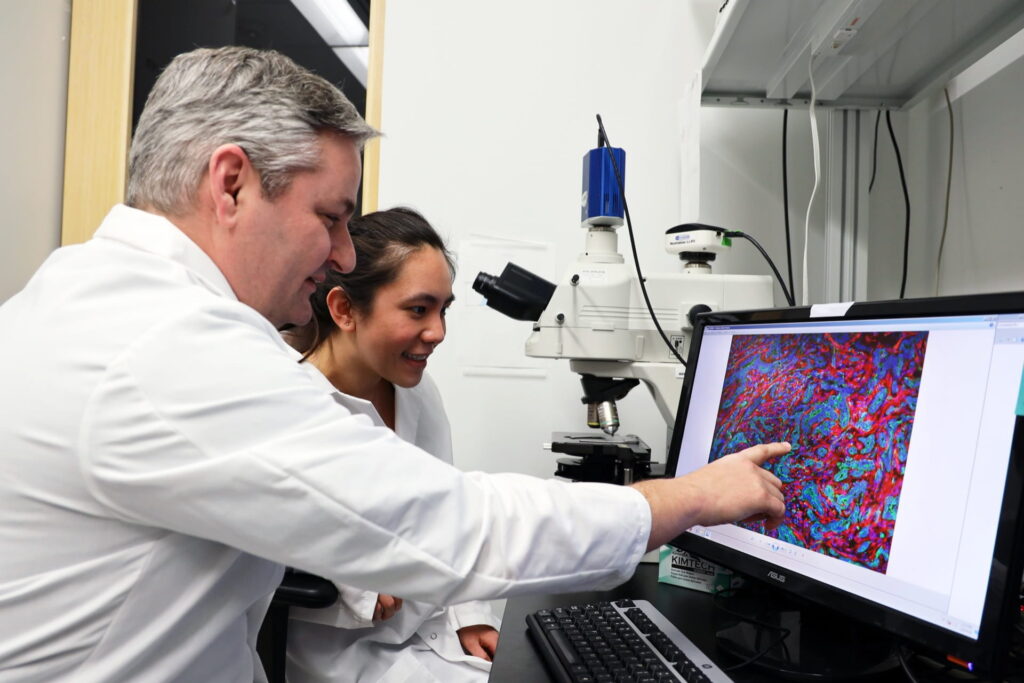
RESEARCH
HPB-GI Section Chief William Hawkins, MD, David DeNardo, PhD, and Ryan Fields, MD, are examining how neoantigen expression shapes tumor immunity and progression in pancreatic and lung cancer. Their research, published in Cancer Cell, is a collaboration with researchers from across the medical school. Chief resident Roheena Panni, MD, MPHS, has identified
a molecule that, when activated in pancreatic ductal adenocarcinoma, may help address limitations of clinical strategies to overcome resistance to immunotherapy. Additionally, the section is a leading contributor to the CHOLECOVID Collaborative, an international multi-center appraisal of the management of acute cholecystitis during the COVID-19 pandemic.
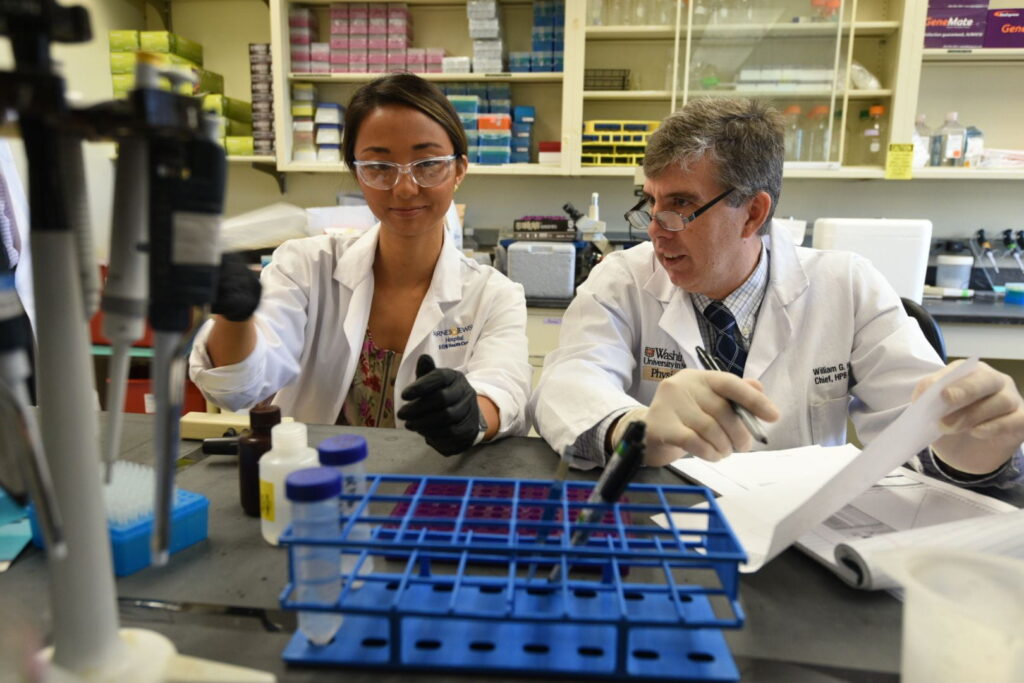
EDUCATION
The Washington University Hepatobiliary-Pancreatic Surgery Fellowship is a two-year program that includes both clinical surgical training and a clinical research component. The program expanded to two years in 2020 to accommodate additional training in robotic and laparoscopic HPB surgery. The fellow works with Program Director William Hawkins, MD, Associate Program Director Chet Hammill, MD, MCR, and HPB-GI surgeons Ryan Fields, MD, Dominic Sanford, MD, MPHS, and Steven Strasberg, MD, and is involved in treating a broad array and high volume of surgical patients with complex HPB conditions. The HPB fellow also rotates for up to three months on the Liver Transplant Service.
Through the National Cancer Institute-funded Specialized Programs of Research Excellence (SPORE) in Pancreatic Cancer, Siteman Cancer Center and Washington University School of Medicine have developed the Career Enhancement Program (CEP).
The primary objective of the CEP is to enhance pancreatic cancer research by providing financial support and mentoring for investigators who are new to the field to help build translational research careers in pancreatic cancer. Research initiatives funded by the CEP have a major translational component, focusing on etiology, prevention, diagnosis, early detection, treatment or population science in pancreatic cancer.
One of the main objectives of the program is to promote participation of women and under- represented minorities in pancreatic cancer research. The CEP specifically seeks to increase the diversity of those participating in pancreatic cancer research through outreach, recruitment, training and retention activities.
The CEP selects awardees from collaborating SPORE institutions and other qualified institutions. Financial support—including salary, research supplies and tuition—is provided for awardees for up to two years. The CEP facilitates interactions between awardees and all members of the SPORE, emphasizing the basic and clinical science cross-fertilization that is essential to translational research.
Siteman, Washington University and collaborating SPORE institutions provide outstanding opportunities for career development in translational pancreatic cancer research.
The program has established intra-SPORE collaborations with the University of North Carolina, University of Rochester and Johns Hopkins University, broadening the CEP applicant pool and helping to match the interests of junior investigators with local expertise and need.
The CEP has funded projects leading to clinical trials in pancreatic cancer, and CEP-funded investigators have published in top-tier journals, including Cancer Discovery, Clinical Cancer Research and Cancer Immunology Research.
